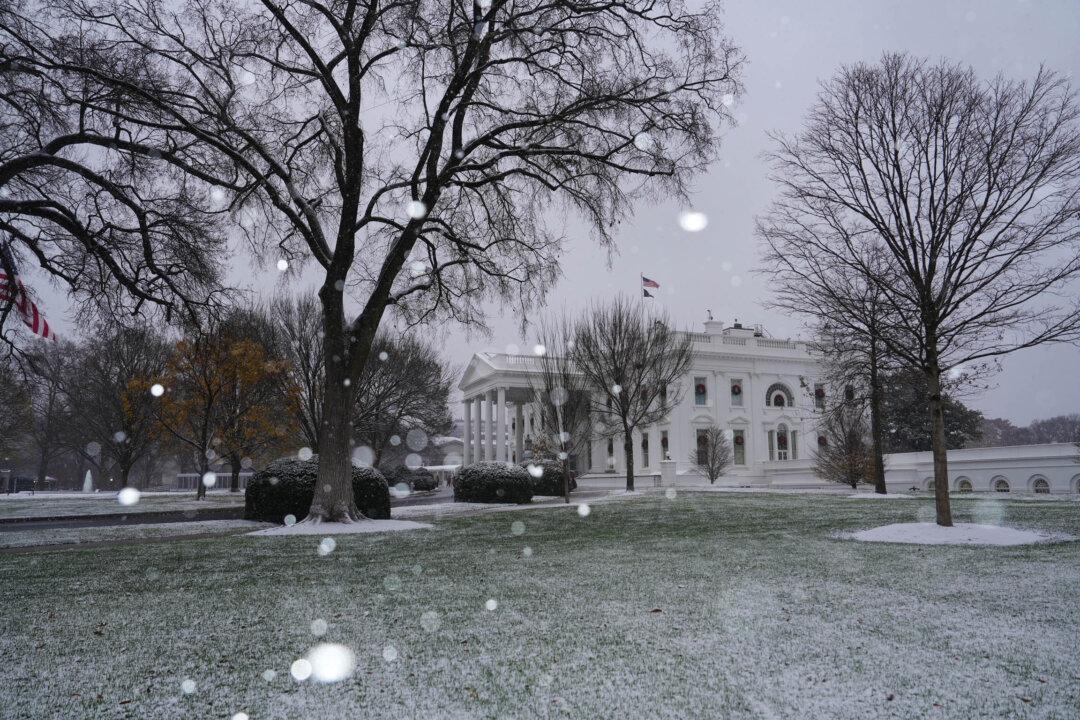Commentary
For reasons I can’t explain, there was widespread shock at the new gross domestic product numbers for the first quarter. They revealed a 1.1 percent growth rate, which is a crawl and much lower than the experts anticipated. The new data point to an inexorable reality.





